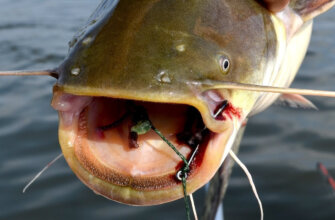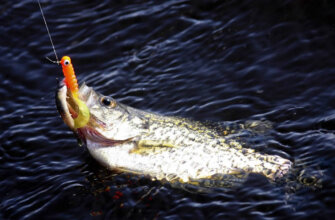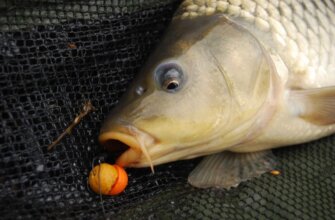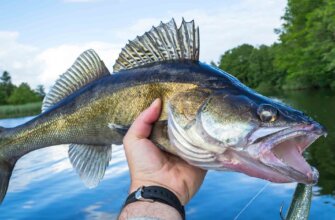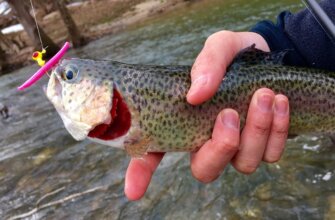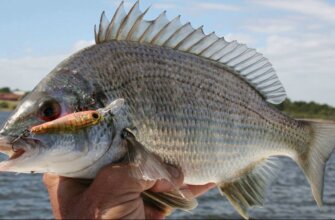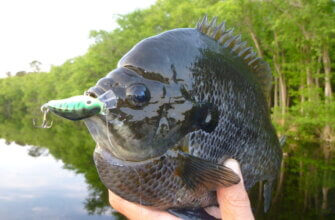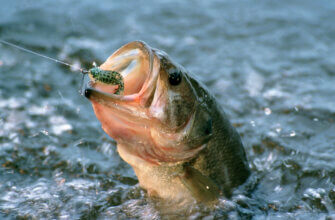Snapper fishing is a popular recreational and commercial activity that involves targeting various species of snapper, known for their delicious taste and sporty nature. Snapper can refer to several different fish species, depending on the geographic location. In general, however, snapper are typically medium to large-sized fish found in coastal waters and offshore reefs.
10 best bait for snapper
When it comes to snapper fishing, using the right bait can greatly increase your chances of success. Here are ten popular bait options that are known to be effective for catching snapper:
- Live Bait. Snapper are opportunistic feeders and often prefer live bait. Some commonly used live baits for snapper fishing include small fish such as pinfish, pilchards, sardines, mullet, and grunt.
- Cut Bait. Cut bait refers to sections of larger fish that are cut into smaller pieces. Snapper are attracted to the scent and movement of cut bait. Common choices for cut bait include mullet, mackerel, squid, and bonito.
- Shrimp. Shrimp is a versatile and readily available bait option that is known to attract snapper. You can use live shrimp or frozen shrimp as bait. Using a whole shrimp or cutting it into smaller pieces can both be effective.
- Squid: Squid is a popular bait choice for snapper due to its strong scent and durability. You can use whole squid or cut it into strips or chunks. The tentacles are particularly effective in attracting snapper.
- Crab. Snapper also feed on crabs, so using them as bait can be fruitful. Blue crabs, fiddler crabs, and sand fleas are all commonly used as snapper bait. You can use them whole or break them into smaller pieces.
- Cigar Minnows. Cigar minnows are small fish that are commonly used as bait for various offshore species, including snapper. They can be used whole or cut into chunks.
- Pinfish. Pinfish are small, colorful fish that are commonly found around reefs and structures. They make excellent live bait for snapper, and their natural movement and scent can entice the fish.
- Artificial Lures. While live and cut baits are often preferred, snapper can also be caught using artificial lures. Jigs, soft plastic swimbaits, and crankbaits in colors that resemble small baitfish can be effective for enticing snapper to strike.
- Chum. Chumming involves creating a bait trail by dispersing small pieces of fish or baitfish oil into the water. Chumming can attract snapper to your fishing area and make them more active and willing to bite on your bait.
- Berley. Berley, or groundbait, is a mix of fish scraps, bread, and other ingredients that are used to attract fish. Creating a berley trail can lure snapper closer to your fishing spot, increasing your chances of success.
Live Bait
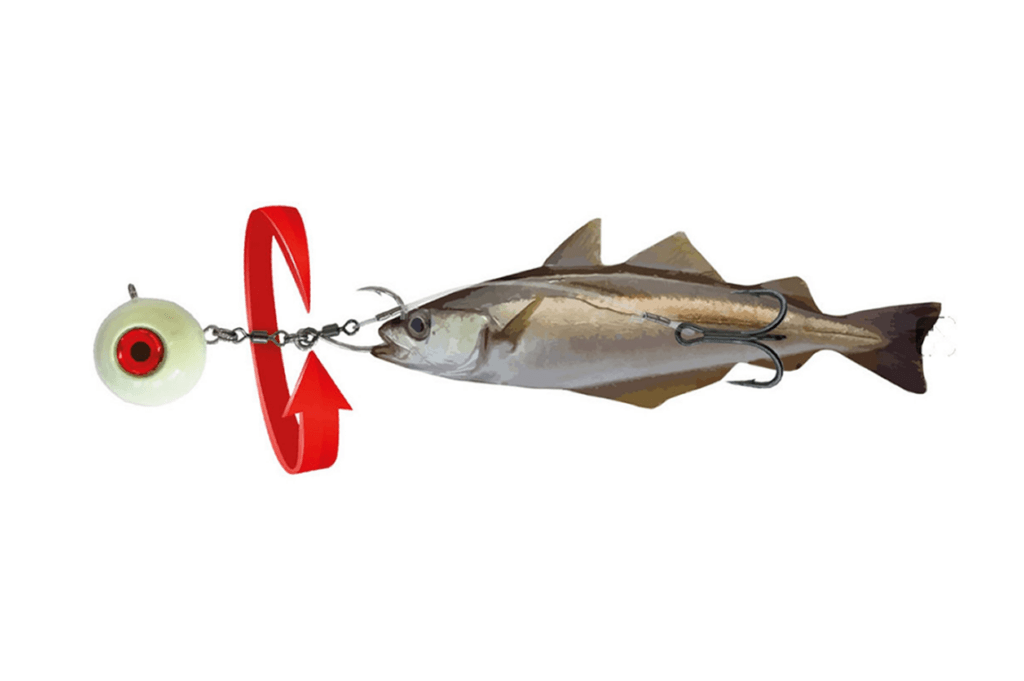
Live bait can be highly effective for targeting snapper. Snapper are predatory fish that often feed on smaller fish and crustaceans, making live bait an enticing choice.
When using live bait for snapper, it’s important to choose baitfish or crustaceans that are commonly found in their habitat and are appealing to them. Popular live bait options for snapper include pilchards, mullet, shrimp, and crabs. Rig the live bait onto an appropriate hook or rig, ensuring that it is securely attached and able to move naturally in the water. Cast the bait into areas where snapper are likely to be, such as around reefs, wrecks, or other underwater structures. Allow the bait to swim or move naturally, or use a slow retrieve to simulate injured or fleeing prey. Snapper can be found at various depths, so adjusting the depth of the bait based on the location and the behavior of the fish can be important. Pay attention to any signs of strikes or bites, as snapper can be aggressive when targeting live bait. Using a medium to heavy fishing setup is suitable for snapper fishing, as they can put up a strong fight and are often found in areas with structure or strong currents. Live bait can be presented using various techniques, such as bottom fishing, drifting, or slow trolling.
Cut Bait
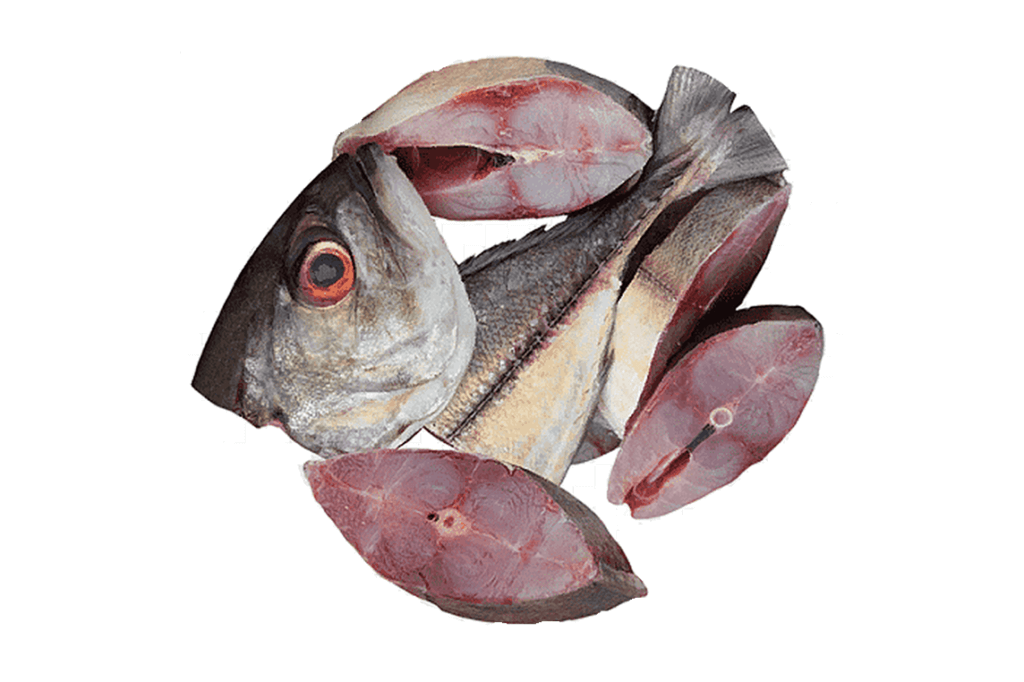
Cut bait is a popular and effective choice for targeting snapper. It involves using pieces of fish as bait to attract snapper.
When using cut bait for snapper, it’s important to choose a fresh and oily fish that is commonly found in the snapper’s habitat and is appealing to them. Some common choices include mackerel, mullet, or sardines. Cut the fish into pieces of an appropriate size, typically around 2-4 inches in length, ensuring that the pieces are fresh and still emit a strong scent. Rig the cut bait onto an appropriate hook or rig, ensuring that it is securely attached and able to withstand the snapper’s strikes. Cast the bait into areas where snapper are likely to be, such as around reefs, wrecks, or other underwater structures. Allow the cut bait to sink to the desired depth or use a slow retrieve to present it effectively. Snapper can be found at various depths, so adjusting the depth of the bait based on the location and the behavior of the fish can be important. Pay attention to any signs of bites or strikes, as snapper can be aggressive when targeting cut bait. Using a medium to heavy fishing setup is suitable for snapper fishing, as they can put up a strong fight and are often found in areas with structure or strong currents. Cut bait can be presented using various techniques, such as bottom fishing, drifting, or slow trolling.
Shrimp
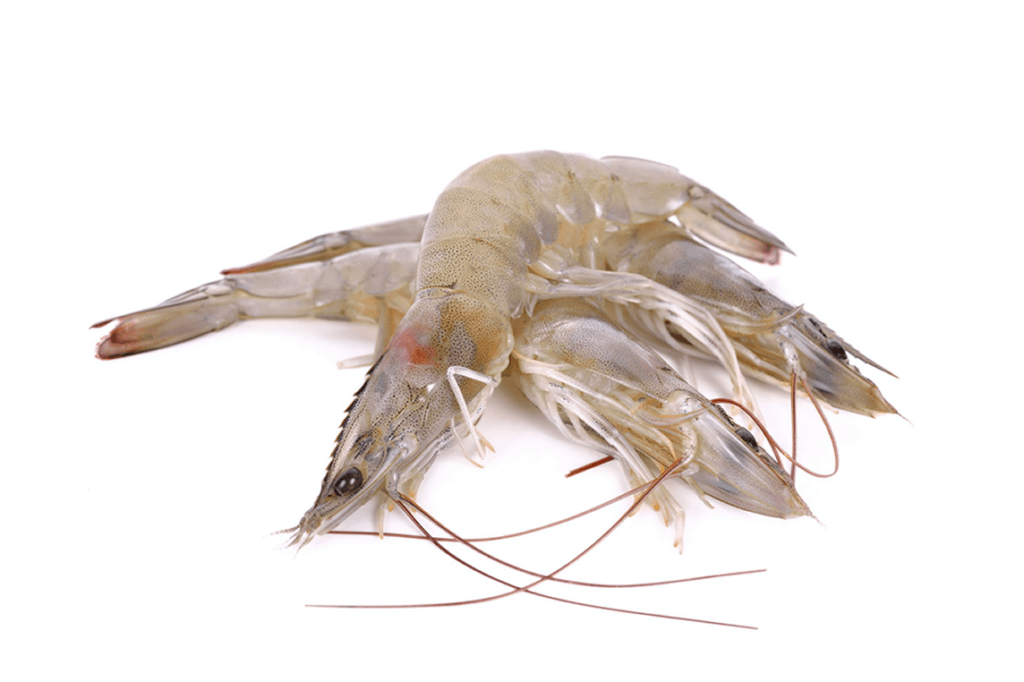
Shrimp is an excellent bait choice for targeting snapper. Snapper are known to be opportunistic feeders and shrimp are a natural part of their diet.
When using shrimp for snapper, it’s important to choose fresh and lively shrimp. Hook the shrimp through the tail or just behind the head using an appropriate size hook, ensuring that the hook is securely embedded in the shrimp. Cast the bait into areas where snapper are likely to be, such as around reefs, wrecks, or other underwater structures. Allow the shrimp to swim or move naturally in the water, or use a slow retrieve to simulate the movements of a live shrimp. Snapper can be found at various depths, so adjusting the depth of the bait based on the location and the behavior of the fish can be important. Pay attention to any signs of bites or strikes, as snapper can be aggressive when targeting shrimp. Using a medium to heavy fishing setup is suitable for snapper fishing, as they can put up a strong fight and are often found in areas with structure or strong currents. Shrimp can be presented using various techniques, such as bottom fishing, drifting, or slow trolling.
Squid
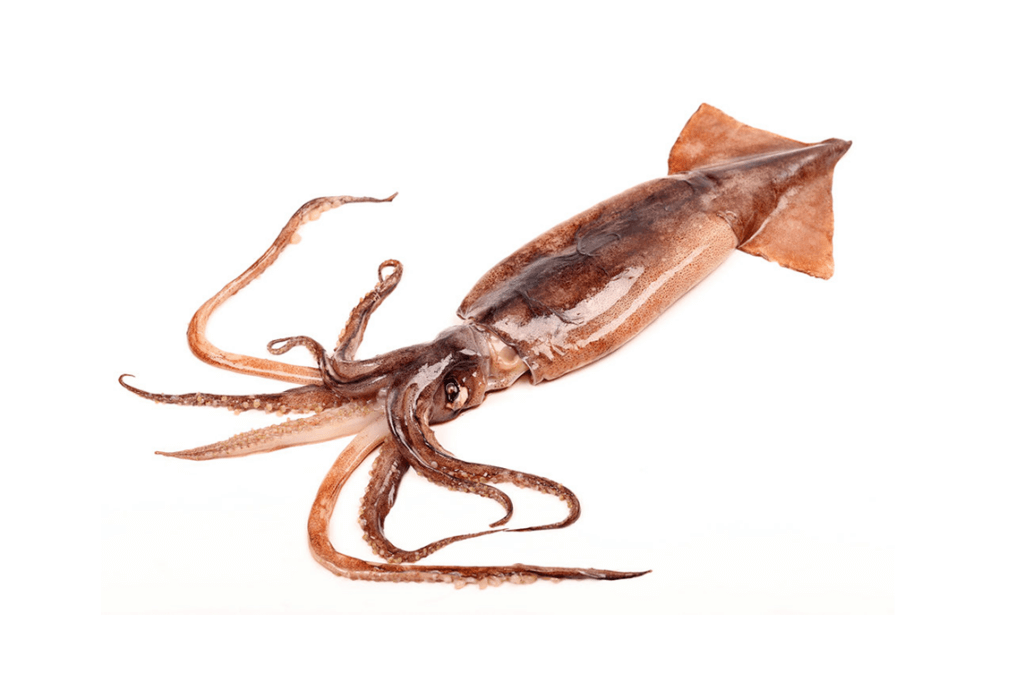
Squid is a highly effective bait choice for targeting snapper. Snapper are known to be attracted to the scent and texture of squid, making it a popular bait option.
When using squid for snapper, it’s important to choose fresh and whole squid. Cut the squid into appropriately sized pieces, typically around 2-4 inches in length, ensuring that the pieces still emit a strong scent. Rig the squid onto an appropriate hook or rig, ensuring that it is securely attached and able to withstand the snapper’s strikes. Cast the bait into areas where snapper are likely to be, such as around reefs, wrecks, or other underwater structures. Allow the squid to sink to the desired depth or use a slow retrieve to present it effectively. Snapper can be found at various depths, so adjusting the depth of the bait based on the location and the behavior of the fish can be important. Pay attention to any signs of bites or strikes, as snapper can be aggressive when targeting squid. Using a medium to heavy fishing setup is suitable for snapper fishing, as they can put up a strong fight and are often found in areas with structure or strong currents. Squid can be presented using various techniques, such as bottom fishing, drifting, or slow trolling.
Crab
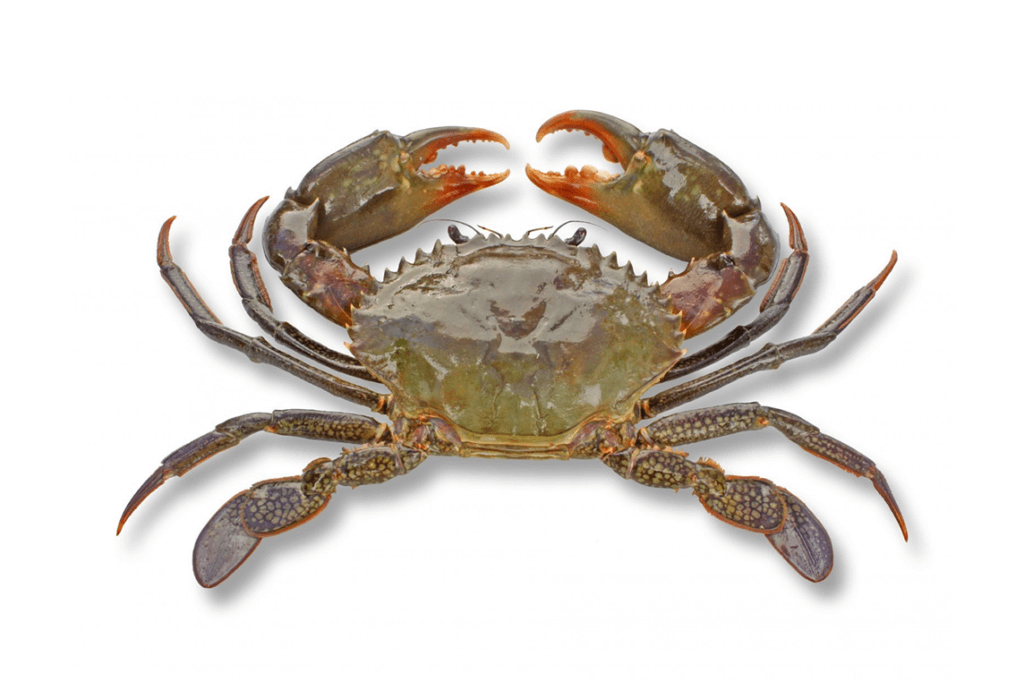
Crab is a natural and enticing bait choice for targeting snapper. Snapper are known to feed on crabs, making them an excellent option when targeting these fish.
When using crab for snapper, it’s important to choose fresh and live crabs. Rig the crab onto an appropriate hook or rig, ensuring that it is securely attached and able to withstand the snapper’s strikes. Cast the bait into areas where snapper are likely to be, such as around reefs, wrecks, or other underwater structures. Allow the crab to move naturally in the water or use a slow retrieve to imitate its natural movements. Snapper can be found at various depths, so adjusting the depth of the bait based on the location and the behavior of the fish can be important. Pay attention to any signs of bites or strikes, as snapper can be aggressive when targeting crabs. Using a medium to heavy fishing setup is suitable for snapper fishing, as they can put up a strong fight and are often found in areas with structure or strong currents. Crabs can be presented using various techniques, such as bottom fishing or slow trolling.
Experiment with different sizes and presentations of crabs to find the most successful approach for attracting snapper. Remember to handle the crabs with care and keep them fresh and properly stored to ensure their effectiveness as bait.
Cigar Minnows
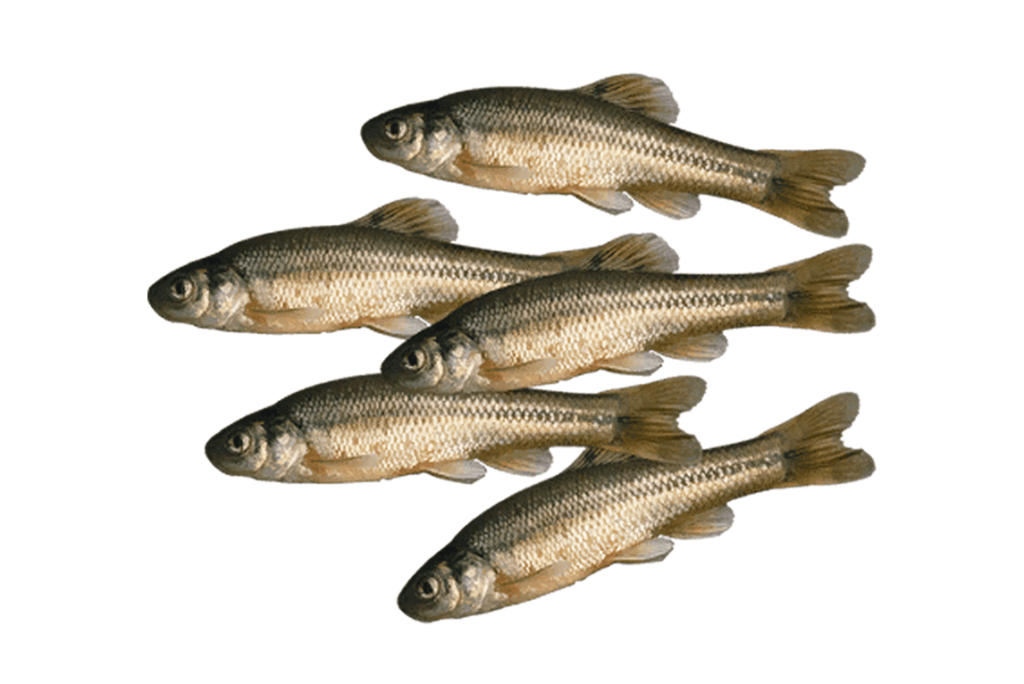
Cigar minnows are an excellent bait choice for targeting snapper. Snapper are known to be attracted to the natural appearance and movement of cigar minnows, making them a popular option among anglers.
When using cigar minnows for snapper, it’s important to choose fresh and lively specimens. Rig the cigar minnow onto an appropriate hook or rig, ensuring that it is securely attached and able to withstand the snapper’s strikes. Cast the bait into areas where snapper are likely to be, such as around reefs, wrecks, or other underwater structures. Allow the cigar minnow to swim naturally in the water or use a slow retrieve to simulate its natural movements. Snapper can be found at various depths, so adjusting the depth of the bait based on the location and the behavior of the fish can be important. Pay attention to any signs of bites or strikes, as snapper can be aggressive when targeting cigar minnows. Using a medium to heavy fishing setup is suitable for snapper fishing, as they can put up a strong fight and are often found in areas with structure or strong currents. Cigar minnows can be presented using various techniques, such as slow trolling, drifting, or vertical jigging.
Pinfish
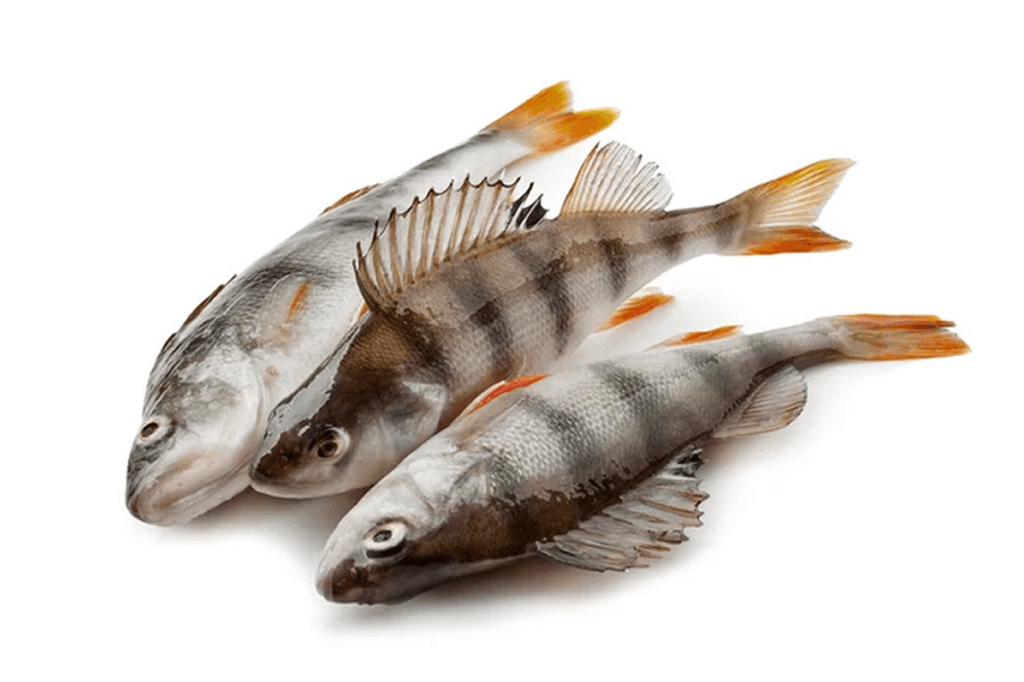
Pinfish is a popular live bait choice for targeting snapper. Snapper are attracted to the natural movement and appearance of pinfish, making them an effective option when targeting these fish.
When using pinfish for snapper, it’s important to choose lively and appropriately sized specimens. Hook the pinfish through the back or upper lip using an appropriate size hook, ensuring that the hook is securely embedded in the bait. Cast the bait into areas where snapper are likely to be, such as around reefs, wrecks, or other underwater structures. Allow the pinfish to swim naturally or use a slow retrieve to imitate its natural movements. Snapper can be found at various depths, so adjusting the depth of the bait based on the location and the behavior of the fish can be important. Pay attention to any signs of bites or strikes, as snapper can be aggressive when targeting pinfish. Using a medium to heavy fishing setup is suitable for snapper fishing, as they can put up a strong fight and are often found in areas with structure or strong currents. Pinfish can be presented using various techniques, such as bottom fishing, drifting, or slow trolling.
Artificial Lures
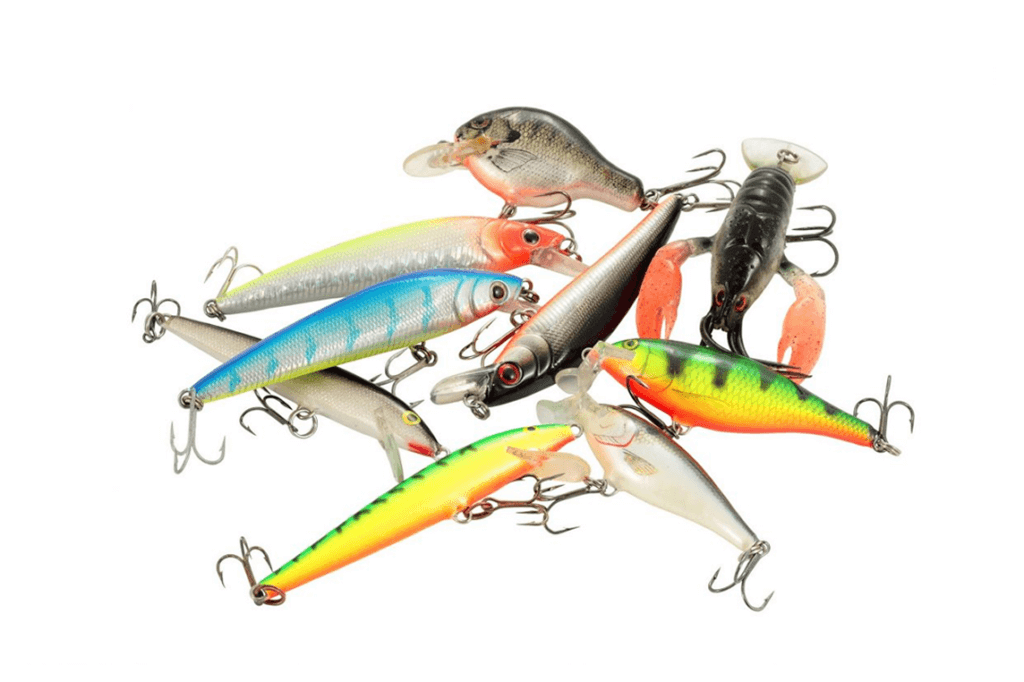
Artificial lures can be effective for targeting snapper, offering anglers versatility and the ability to cover more water.
When using artificial lures for snapper, it’s important to choose lures that imitate the natural prey of snapper, such as small fish or crustaceans. Popular lure types for snapper fishing include jigs, soft plastics, crankbaits, spoons, and swimbaits. These lures come in a variety of sizes, colors, and designs, allowing you to match the prevailing conditions and the snapper’s feeding preferences. Cast the lure into areas where snapper are likely to be, such as around reefs, wrecks, or other underwater structures. Retrieve the lure in a manner that mimics the natural movements of the prey, such as a slow and erratic retrieve or a steady and consistent retrieve.
Experiment with different retrieve speeds, pauses, and techniques to find the most effective presentation for enticing snapper. Snapper can be found at various depths, so adjust the depth at which you fish by varying the weight of the lure, using sinking lures or adding weight to the line. Pay attention to any signs of strikes or follows and be prepared for aggressive strikes from snapper. Using a medium to heavy fishing setup with appropriate line strength is suitable for snapper fishing, as they can put up a strong fight and are often found in areas with structure or strong currents. Artificial lures provide the advantage of durability, reusability, and the ability to cover a larger area of water. Experiment with different types, sizes, and colors of lures to find the most successful approach for enticing snapper.
Chum
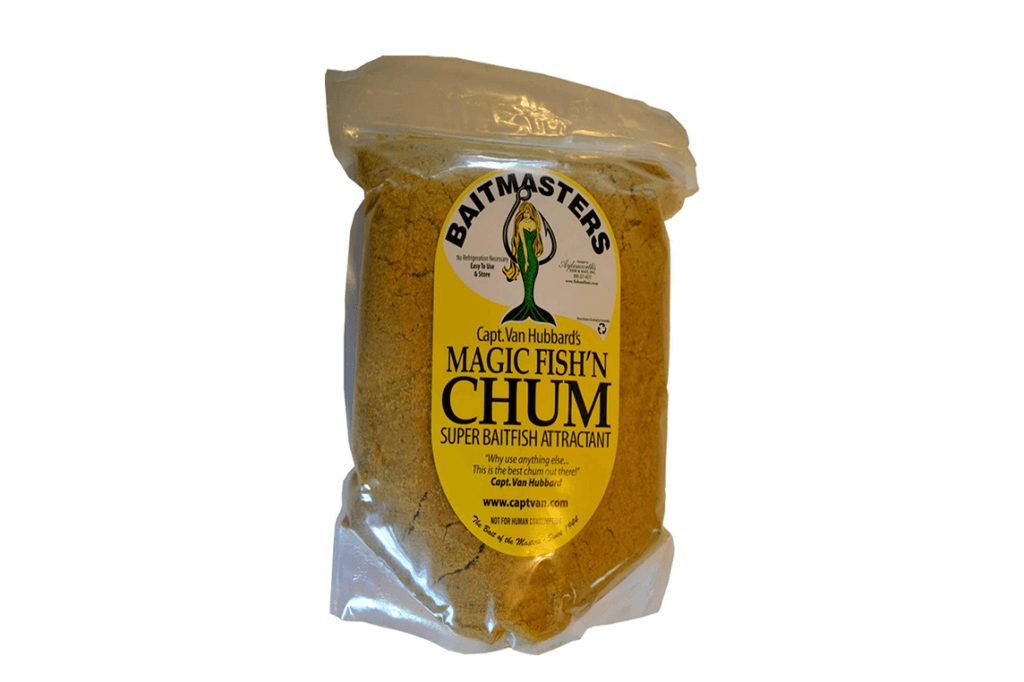
Chumming is a technique commonly used to attract snapper. It involves dispersing small amounts of bait or fish attractants into the water to create a scent trail and lure snapper to your fishing area.
When using chum for snapper, it’s important to choose bait that is appealing to snapper and matches their natural diet, such as cut fish, fish carcasses, or fish scraps. Break the bait into small pieces and toss them into the water at regular intervals to create a consistent chum slick. The scent and small food particles released into the water will attract snapper to your fishing location. Chumming can be done from a stationary position, such as from a boat or a pier, or while drifting. Use a chum bag, chum dispenser, or simply scatter the bait pieces directly into the water, depending on your preferred method. Allow the chum to disperse in the water and create a scent trail to draw snapper closer to your fishing area. Be patient and observant, as snapper may take some time to locate the chum and become active. Once snapper are present, you can present your bait or lures in close proximity to the chum slick to increase your chances of attracting strikes.
Berley
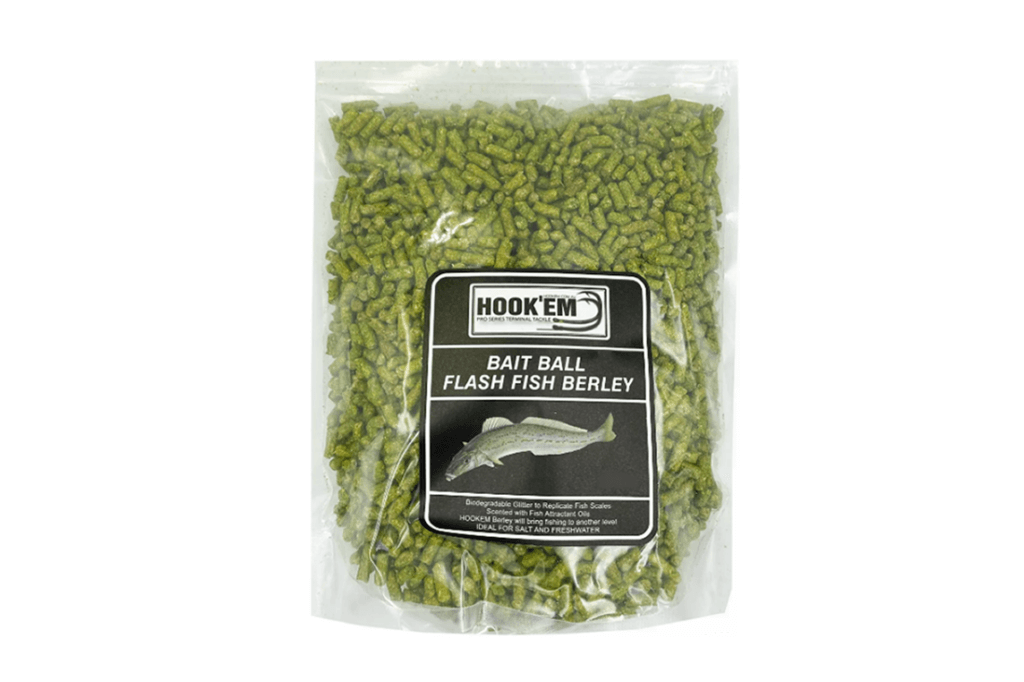
Berley, also known as bait or fish attractant, is a technique used to attract snapper. It involves dispersing small amounts of chopped or ground bait into the water to create a scent trail and entice snapper to your fishing spot.
When using berley for snapper, it’s important to choose bait that is appealing to snapper and matches their natural diet, such as small fish, fish scraps, or fish oil. Break the bait into small pieces or use a blender to create a fine mixture that can be easily dispersed. Scatter the berley into the water at regular intervals to create a consistent scent trail. The scent and small food particles released into the water will attract snapper to your fishing location. Berley can be used from a stationary position, such as from a boat or a pier, or while drifting. Use a berley cage, berley dispenser, or simply scatter the bait pieces directly into the water, depending on your preferred method. Allow the berley to disperse in the water and create a scent trail to draw snapper closer to your fishing area. Be patient and observant, as snapper may take some time to locate the berley and become active. Once snapper are present, you can present your bait or lures in close proximity to the berley trail to increase your chances of attracting strikes.

